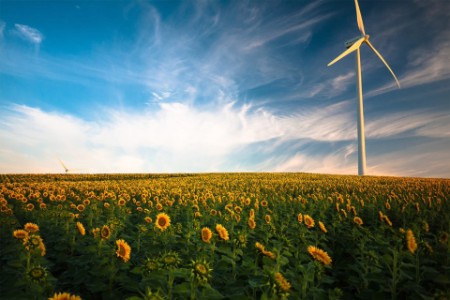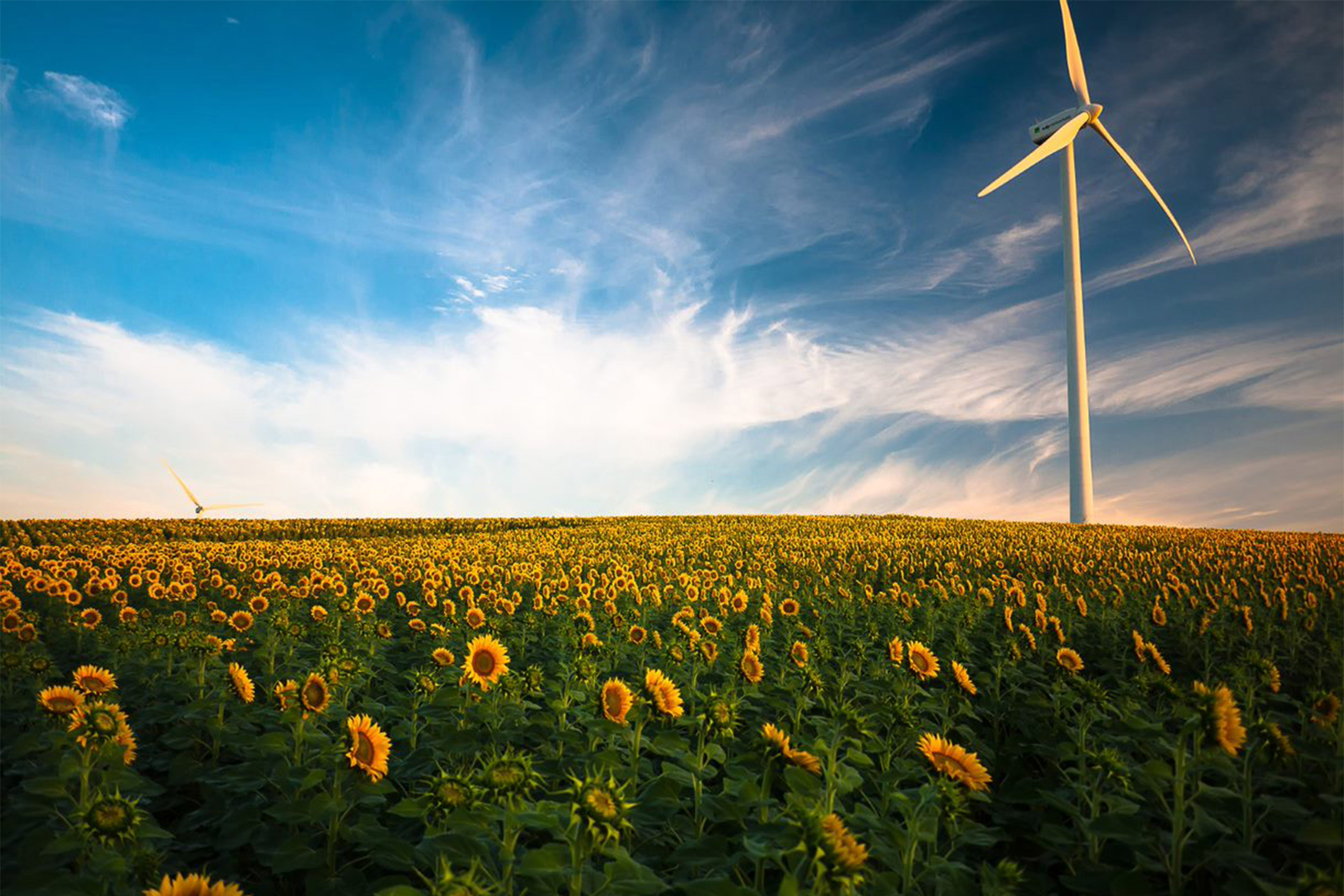Almost half of Switzerland's energy consumption (~45%) and around 24% of greenhouse gases account for the construction sector. Sustainability in the real estate industry refers to the entire building life cycle – from the planning phase through to the building's dismantling and reutilization.
Yield and sustainability – Contradicting each other?
The investment decisions of the so-called "impact investor" are not driven by financial interests solely but also by the interest of achieving a meaningful return in both ecological and social terms. Investment decisions of impact investors are typically based on the UN's Sustainable Development Goals (SDGs). Moreover, they focus on impact-oriented investments having a positive impact on both the society and the environment. In this context, a possible area of investment is the development of living concepts meeting the current demographic trends. For instance, the creation or the maintenance of affordable town-center living opportunities for low-income population groups. Throughout the planning process "Soft-Factors", such as strengthening the community spirit or the cretaion of identity are already considered. The aim is to foster the well-being of each resident. This leads in return to an increase in social capital, which can be measured by a range of KPI's (crime rate, density of associations, unemployment rate). Yield, liquidity, and risk must be reconciled with sustainability, even though there is a constant tension between those factors.
The main difference between financial, sustainable, and social yields are disputable. Based on the ESG criteria and the individual risk profile of each investor, tendencies leading to both, a sustainable and increased yield, can be deduced. The mega trend sustainability, the population's desire to preserve the environment and to establish a sustainability-oriented society is pushed by both politicians and investors. In the long term, a good ESG profile leads to better financial results (increase in sales, higher return on equity, improved Return on Invested Capital (RoIC)). An in-depth analysis of an ESG-oriented real estate portfolio regarding potential sustainability risks results in lower volatility for each individual investment. The general public's increasing interest in environmental protection and building a sustainable society is leading to a change in both the investors and inverstment's profile. This helps the sustainable and social yield to draw even with the financiel yield.



